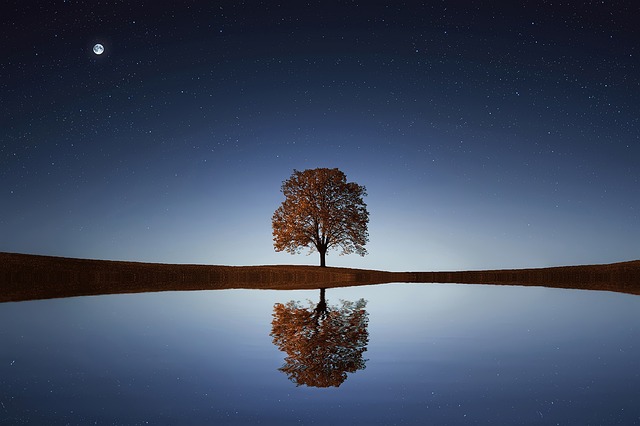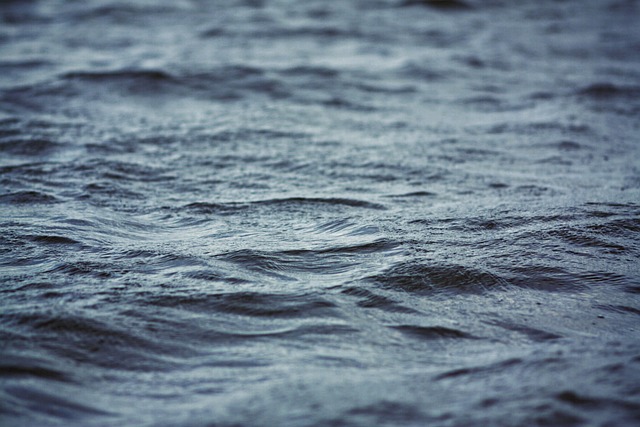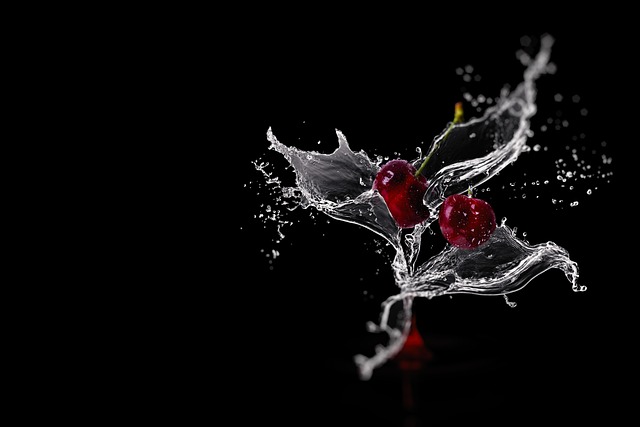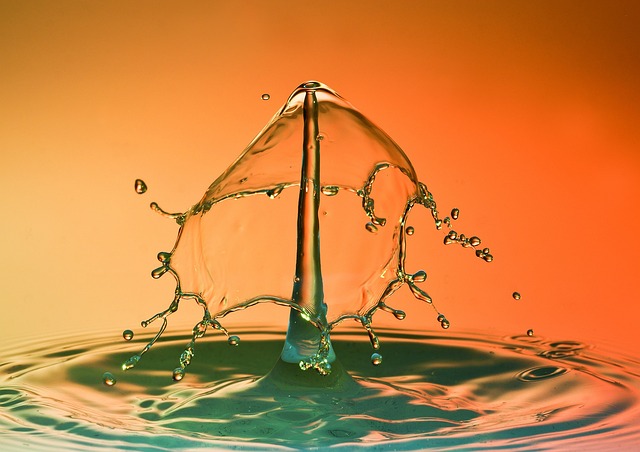Dive Into the Depths: The Strangest Water Phenomena on Earth
The Earth is teeming with wonders that elicit awe, curiosity, and sometimes, a bit of fear. One of the most captivating realms to explore is that of water. From mysterious whirlpools to luminescent bays, the phenomena that occur in and around our water bodies defy explanation and engage our imaginations. In this exploration, we delve into some of the world’s strangest water phenomena, seeking to understand their origins, features, and the science behind their behaviors. Buckle up as we dive into the depths!
Unraveling the Whirlpools
Whirlpools have long captured the human imagination, often appearing in myths and legends as treacherous maelstroms capable of swallowing ships whole. But while these tales exaggerate the danger, the reality of whirlpools is no less fascinating.
Whirlpools form when opposing currents meet, creating a circular motion that can pull objects into its center. One particularly famous example is the Maelstrom of Saltstraumen in Norway. Claimed to be the strongest tidal current in the world, it funnels water through a narrow strait, generating whirlpools that can reach up to 10 meters in diameter. Adventurous kayakers are drawn to the spectacle, but caution is advised, as the currents can be formidable.
In Japan, the Naruto Whirlpools are another remarkable phenomenon. Occurring twice a day during high tide, these whirlpools swirl with dramatic force, reaching over 20 meters in diameter. To witness the whirlpools, visitors flock to the Naruto Bridge, where they can observe the turbulent waters below.
The Majestic Aurora of the Sea
Among the many wonders of our oceans, the phenomenon of bioluminescence stands out. This natural glow, produced by organisms like phytoplankton and certain bacteria, creates an ethereal ambiance in bodies of water at night.
One of the most famous bioluminescent bays is the Laguna Grande in Puerto Rico. When disturbed, the water glows a brilliant blue, creating a mesmerizing landscape that attracts tourists and nature enthusiasts alike. The phenomenon occurs due to the presence of microorganisms called dinoflagellates, which emit light as a defense mechanism against predators.
Similarly, the Vaadhoo Island in the Maldives offers spectacular views of glowing shores, where the waves appear to twinkle with stars. Visitors often describe this experience as otherworldly, stepping onto a shimmering carpet of light.
Water Spouts and Whirlwinds
Water spouts fascinate meteorologists and thrill-seekers alike. These tornado-like formations occur over warm ocean waters. Water spouts can form when a low-pressure system creates strong winds above the surface, causing water to be drawn up in a swirling motion. They often appear as a column of water spiraling from the sea surface to the clouds above.
A memorable sight can be seen in the Gulf of Mexico, where water spouts may occur frequently. While they can be dangerous for small boats and marine life nearby, they are often mesmerizing to observe from a safe distance.
The Great Blue Hole: A Geographical Marvel
Located off the coast of Belize, the Great Blue Hole is a giant marine sinkhole that brings together both divers and researchers in pursuit of its secrets. Measuring over 300 meters in diameter and reaching depths of approximately 125 meters, this underwater cave is a captivating spectacle
The Great Blue Hole is part of the larger Belize Barrier Reef Reserve System, a UNESCO World Heritage site teaming with biodiversity. Its formation is a tale of geological transformation; it originally formed as a limestone cave system during the last Ice Age, later collapsing and flooding when the sea levels rose. Divers from around the world flock to explore its unique underwater structures, stalactites, and the striking blue that characterizes its depths.
The Enigmatic Icebergs
While some phenomena manifest in warm tropical waters, others reveal their beauty amidst ice and cold. Icebergs, those colossal chunks of freshwater ice that break from glaciers or ice shelves, are among nature’s most fascinating spectacles.
The Northern Hemisphere, especially near Greenland and Antarctica, showcases a multitude of iceberg forms and sizes. From towering giants to small blocks drifting among the ocean waves, each iceberg tells a story of its climatic journey. Their striking blue color, produced by the absorption of light, creates breathtaking visuals when seen against pristine white landscapes.
Interestingly, the movement of icebergs is a critical indicator of climate change. As global temperatures rise, glaciers melt and icebergs become more common. Some researchers are even exploring ways to harness the freshwater from melting icebergs as a solution to water scarcity.
Underwater Rivers
Perhaps one of the most perplexing phenomena beneath the ocean’s surface is the formation of underwater rivers. These underwater currents flow along the seabed, carrying sediment and other materials in a manner reminiscent of rivers on land.
One of the most notable examples is the Black Sea Underwater River located beneath the waves of the Black Sea. This underwater river is formed by denser, sediment-laden water that flows over lighter water. As it flows, it carves out channels on the seabed, showcasing the power of natural processes even in the depths of the ocean.
Blue Holes: Pockets of Biodiversity
Beyond their geological interest, blue holes also serve as vital ecosystems teeming with life. These underwater sinkholes often contain diverse species of fish, corals, and invertebrates, which thrive in unique conditions. For instance, the Dean’s Blue Hole in the Bahamas is not only a diving destination but also an ecological sanctuary.
These natural formations are likely refuge areas for marine life, especially during turbulent climatic conditions, contributing to the overall biodiversity of the oceans.
Salt Ponds: A Splash of Color
Vibrant hues can also be found in salt ponds around the world. The famous Pink Lake, located in Australia, owes its unique coloration to the presence of microorganisms and salt-loving algae known as halobacteria. These microorganisms produce pigments that turn the water a vivid pink when conditions are just right — usually during warmer months with less rain.
Other salt lagoons, like the Lagoon of Retba in Senegal, are similarly celebrated for their striking pink shades. Such phenomena remind us of the intricate relationships between living organisms and the environments they inhabit.
The Infinite Depths of the Ocean
While we have explored several strange and wonderful water phenomena on the surface and just beneath it, we can’t forget the vast depths of the oceans. As we dive deeper, we encounter hydrothermal vents, underwater volcanoes, and ethereal organisms designed to flourish in extreme conditions. Hydrothermal vents, for instance, are fissures in the ocean floor that release hot, mineral-rich water, creating unique ecosystems that thrive in complete darkness.
This unexplored territory is not only essential for scientific research but is also a key factor in understanding global climate patterns and marine biodiversity. The oceans, with their mysterious depths and hidden features, still hold many secrets waiting to be unraveled.
Conclusion
The phenomena we have explored in this article are just a glimpse into the incredible world of water. Nature’s artistry and science intersect in these unique occurrences, reminding us of the power and complexity of our planet. As we continue to learn more about these water phenomena, we come to realize that the depths of our oceans and lakes are not just a source of wonder and beauty, but also invaluable ecosystems that require protection and appreciation.
So next time you stand by a river or gaze at the ocean, take a moment to consider the mysteries lurking beneath the surface and the stories that water has told throughout history. Our planet’s water bodies, filled with strange and majestic phenomena, are truly a testament to the magic of nature.



